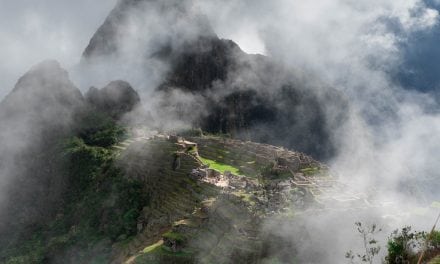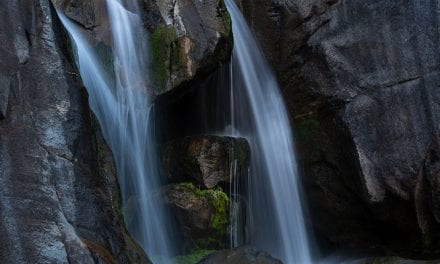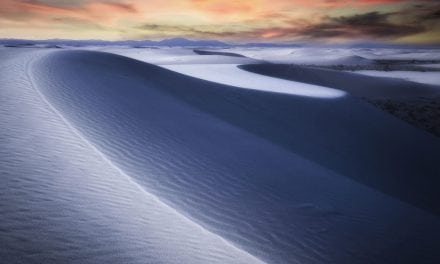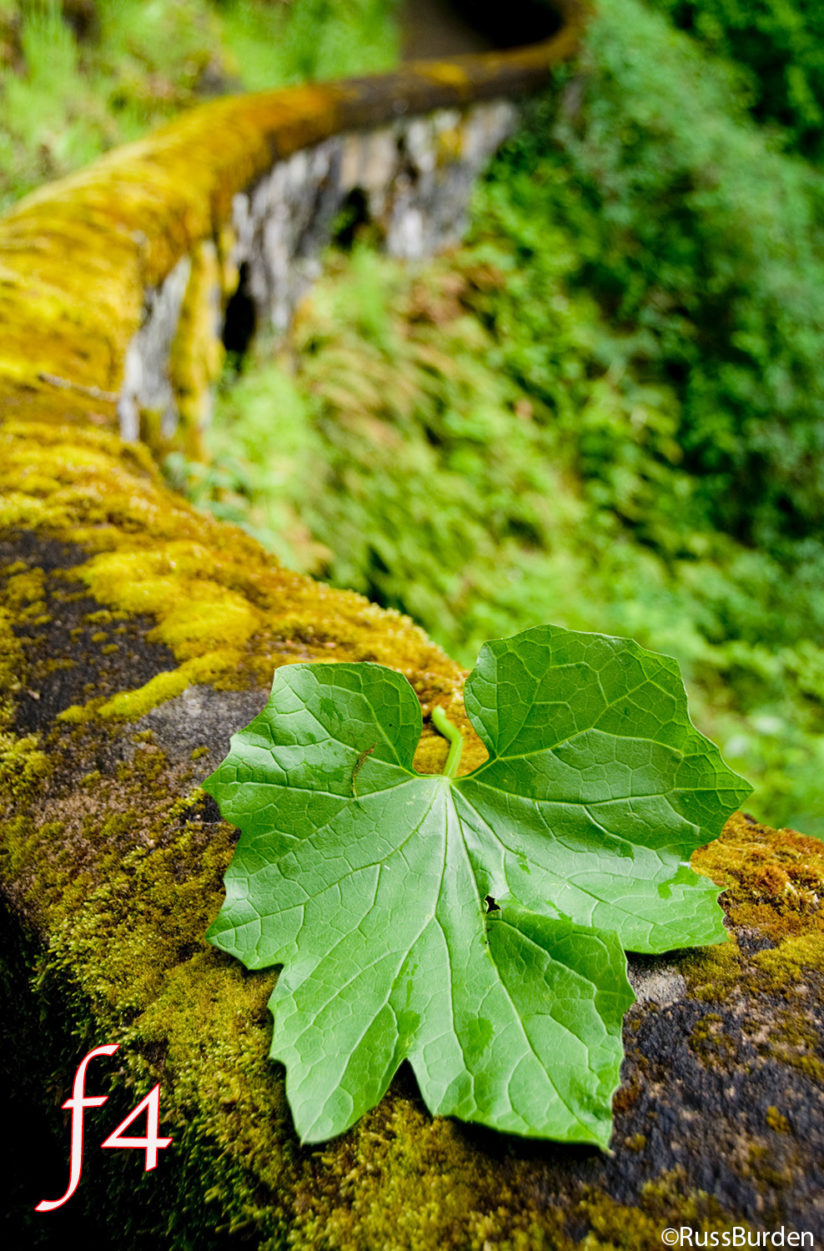
In regard to learning, repetition is key. The more you perform an action, the less you have to think about it each time it’s conducted. Hence the theme for this tip. I deliberately chose three common topics with the intent of embedding the concepts into your workflow. If you’re new to them, may this reading be your start. If you’re somewhat familiar with them, may they become one with you. And if you’re a frequent user of them, may they become instinctive.
Take Charge Of Depth Of Field: There’s a direct relationship to how much depth of field is created in a photo to the focal length of the lens, the aperture at which the photo is made, how close the subject is to the background, how far away the subject is from the camera and how much the subject is magnified. (This is assuming you’re using a DSLR and not a point and shoot, which inherently provides a lot of depth of field due to its small sensor size.)
Focal Length—The more telephoto the lens, the less potential for near to far depth of field. The wider the lens, the greater the potential. For instance, an image made with a 28mm lens will inherently display more depth of field than a 100mm lens. So if you want to create shallow depth of field and you use a wide lens, it may not be possible. Hand in hand, if you use a telephoto lens and you want a subject close to the lens and a distant object to both be in focus, it may not be possible.
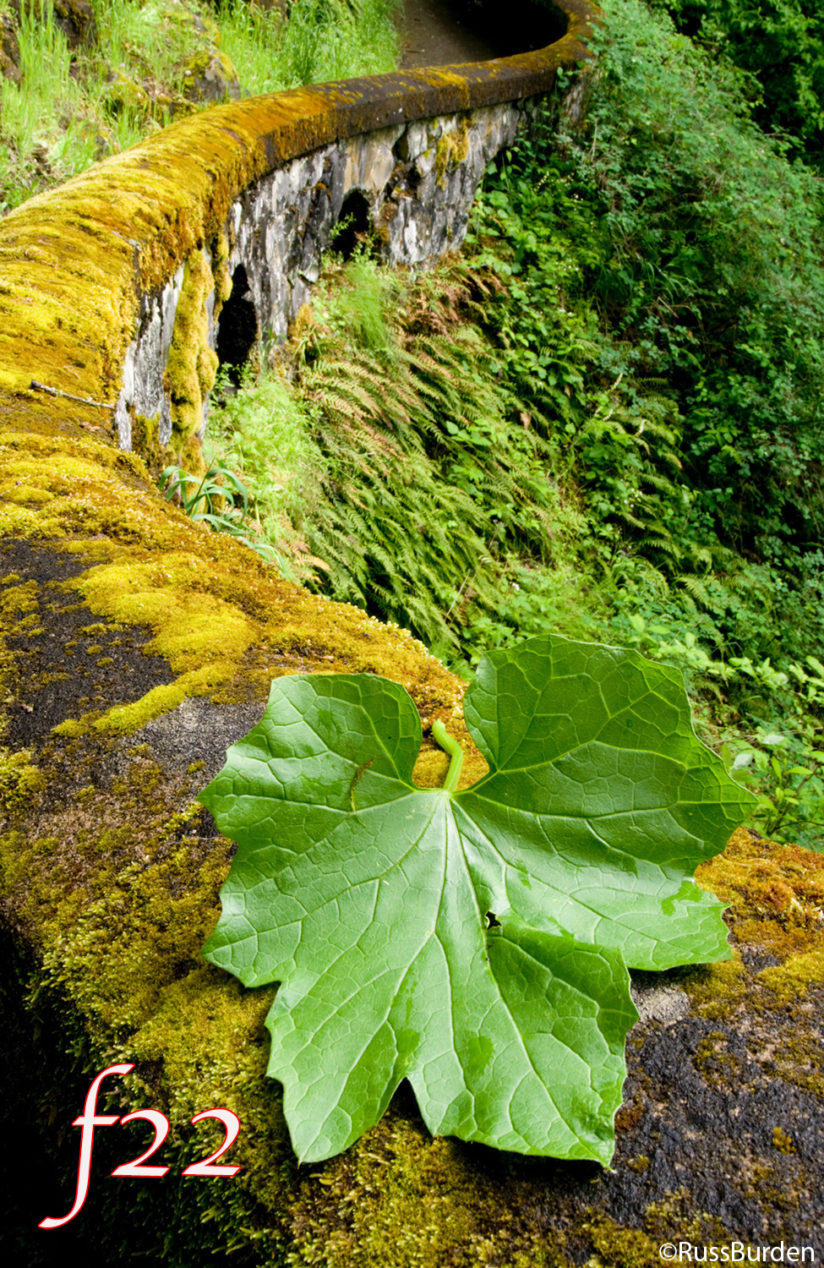
The Aperture—The wider open the lens, the less depth of field. The more it’s stopped down, the greater the depth of field. In other words, ƒ/4 nets shallower depth of field than ƒ/22 based on a given focal length. It’s important to realize the connection to focal length as explained above. If you use a telephoto lens, even though you set it to ƒ/22, you still may not be able to achieve near/far depth of field. Understanding how focal length and aperture go hand in hand is key!
Proximity to the Background—The farther away the subject is from the background, the more the background can be thrown out of focus. If the subject is very close to the background, it’s not possible to make the background go very soft, even if you use a super telephoto lens and set the aperture to ƒ/4.
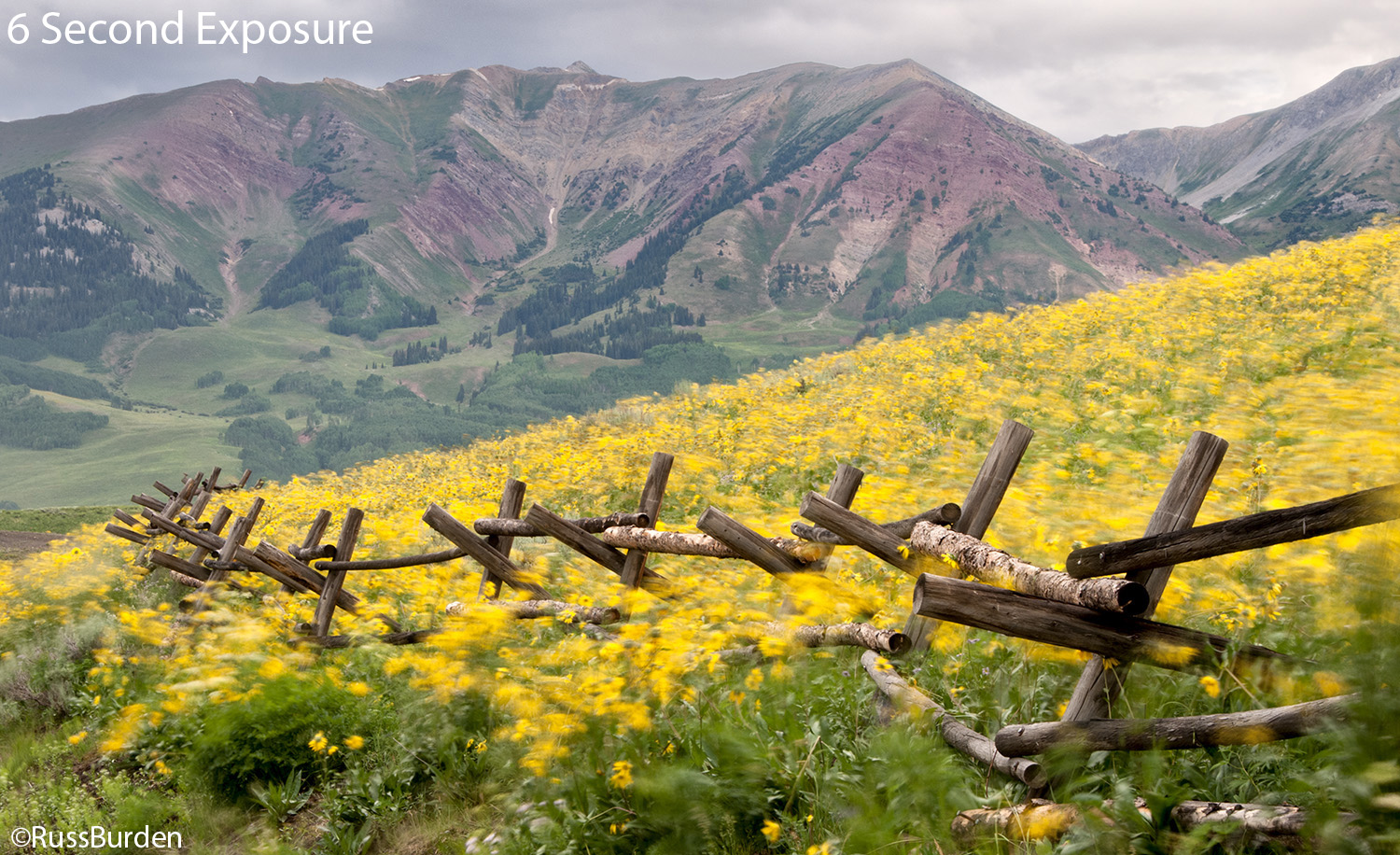
Distance From The Camera—If the subject is very close to the camera and the focus point is placed on the subject, there’s more potential to create a shallow depth of field than if the subject is 25 or more feet away. Again, there’s a relationship to the focal length of the lens, the aperture at which it’s set and how far the background is from the subject.
Subject Magnification—The more macro the subject, the less depth of field. This area of depth of field is more specialized and is a subject unto itself, but I just want to bring it up to let you know it’s a variable.
Convey Motion: The obvious way to show motion is to record a fast-moving subject and freeze the action. The only thing about this is, depending on the action, the subject can look static and the motion aspect is lost. Think about a photo of an airplane in flight. When a fast shutter speed is used, it looks as if the plane is hovering in midair. So besides freezing action, use other means to portray motion:
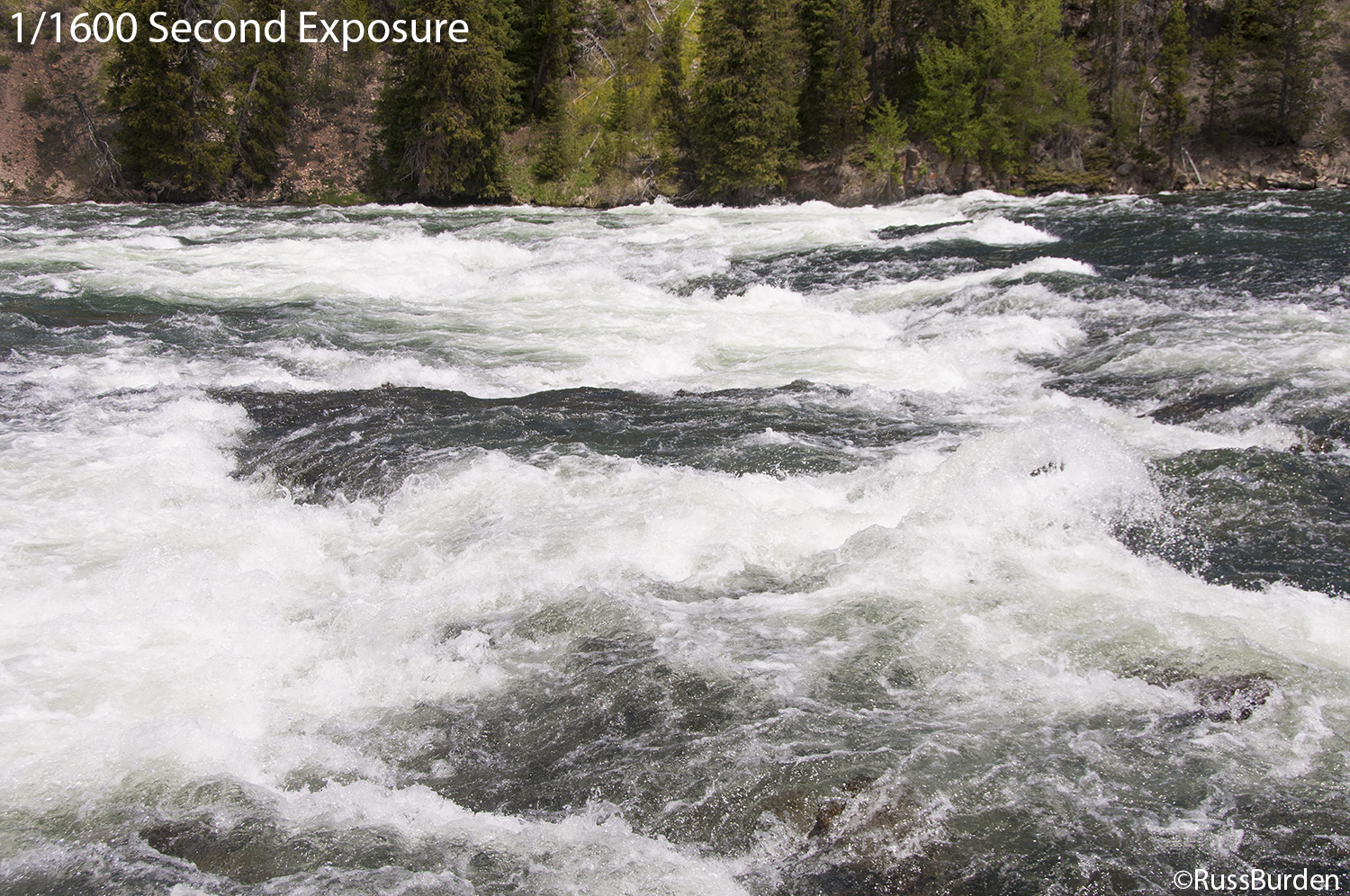
Slow it Down—Use a slow shutter speed and let the motion “paint” the sensor. Think about flowers blowing in a stiff breeze or a person walking a city street to show the hustle and bustle of a big city. A slow shutter speed depicts the motion while stationary parts remain motionless. Be sure to use a tripod to achieve the effect.
Zoom It—During a long exposure, use the zoom feature of your lens to go from wide to telephoto or visa versa to create converging lines toward the center of your frame. Place the camera on a tripod if you want straight lines or handhold it if you prefer wiggly.

Pan It—Panning is used to create an image with a sharp subject set against a background that shows motion. The way to achieve this is to move the camera along the path of the subject’s motion and use a slightly slower shutter speed than necessary to freeze the action. For instance, start with a shutter speed of 1/60th to capture a runner. Use a slightly longer speed to create more motion or a higher one to show less. Preview the image on the LCD and adjust the speed accordingly.
Use Leading Lines: A leading line is used to steer the viewer’s eye to the main subject. A great example is a country road that snakes its way to bring the eye to a barn, an important tree or another key element. Another classic one is an S curve of a river or path that allows the viewer’s eye to flow through the image. They can be curved, straight, diagonal or zigzag. Look for them to lead a path to the main subject and place them in your composition in a strategic way.
Visit www.russburdenphotography.com for information about his nature photography tours and safari to Tanzania.
The post Random Bits Of Photo Education appeared first on Outdoor Photographer.












